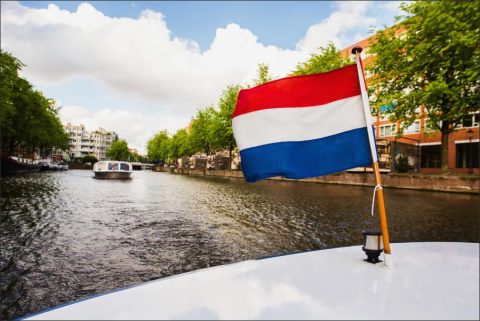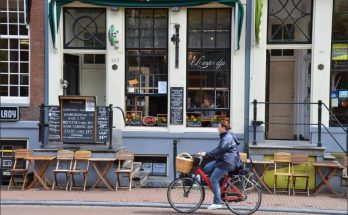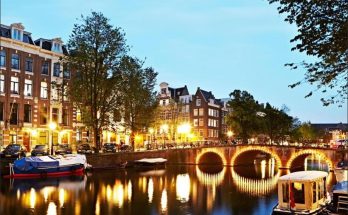Tourism has been an important business for the Netherlands since the 1960s. The coast, the flowers, the cities and the cultural appeals make the country an attractive destination all year around. One problem is the congestion in summer: April and May are important months for the flower tourists, and July and August are busy because of the short period of time in which the Dutch have their school holidays.
The Netherlands, with a population of 16 million, has good infrastructure with a well-equipped one-terminal concept airport at Amsterdam Schiphol. Due to its limited permit to grow to 44 million passenger movements within the next few years there is a discussion about growth and transfer passenger acceptance. The environmental and commercial issues were on the political agenda in 1997 and 1998. Roads are well maintained and plentiful, though there is congestion during rush hour. Railway infrastructure is to be improved to allow high-speed traffic on mid-haul distances (including Paris, Berlin, Frankfurt and Munich). The seaports of Rotterdam and Amsterdam are well equipped for cruise ships, with the latter city scheduled to open new facilities soon.
The 2,400 hotels in the Netherlands and subtropical swimming facilities can cater for 6.6 countless numbers of bungalow parks with indoor million foreign tourists. Some 60 per cent of the Dutch population take one or more holidays per year, including 12 million holidays abroad and 15.8 million domestic holidays. Important attractions are the museums in Amsterdam, the miniature town of Madurodam in the Hague, the Efteling theme park in Kaatsheuvel, the canal cruises in Amsterdam and the woods in central Holland (Veluwe). In the north and southwest there are important sea and lake areas for boating. The Germans, who are appreciated guests in the Netherlands, frequent these areas in particular.
The tourism administration is organised in several bodies. The government tourism office, with a budget of $55 million, provides promotion for inbound tourism. A separate organisation for domestic tourism promotion promotes the Netherlands to the Dutch people. The regional promotional offices develop new products in their region and promote these via the industry.
The government only wishes to co-fund ventures if new markets are developed, and provides in principle a lump sum of about 50 per cent to the two agencies. The local tourism promotion offices are funded by local hotels and local government. The policy of the government is to leave the industry to the market mechanism. Tour operators provide about 30 per cent of the business; the remainder arrive independently. Over 70 per cent of foreign tourists to the Netherlands are from the United Kingdom. Belgium and Germany.



